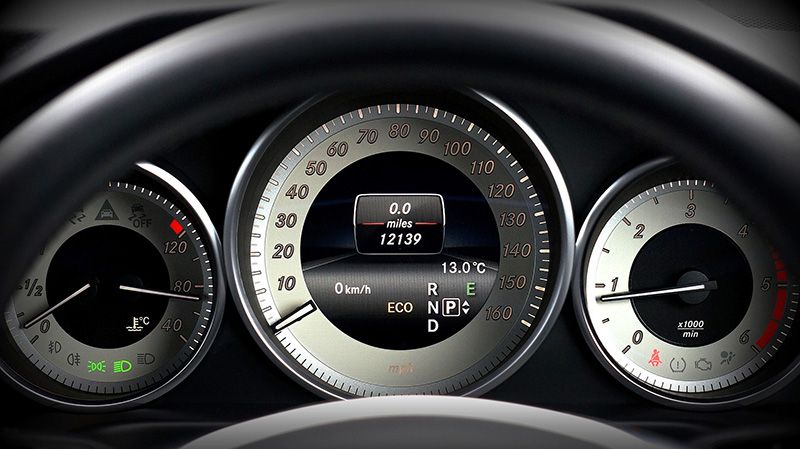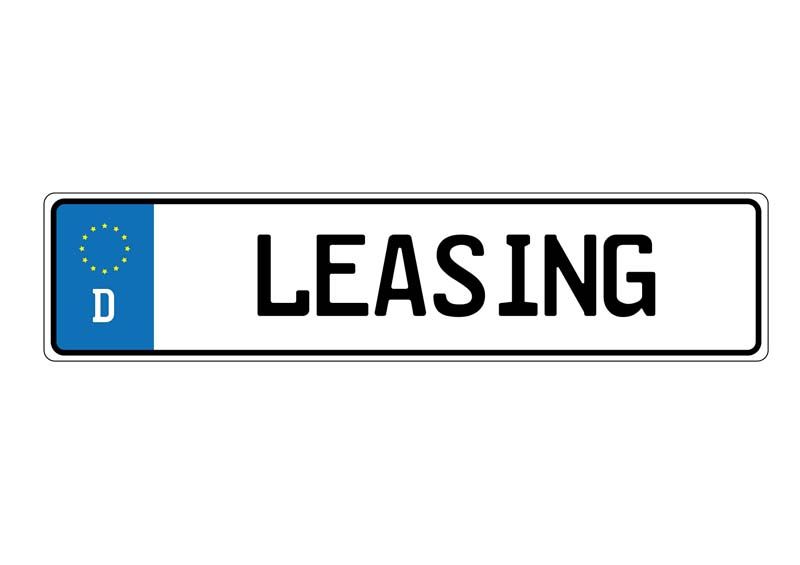Spring is upon us, which also means it’s time to file those taxes. As is the usual case, you’re allowed to take deductions for any vehicle that has been used for business, but how much you get depends not only on how much the vehicle was used for business but what method of deduction you choose. The easy way is to simply take the flat rate deduction, which for the 2016 filing year, is 54 cents per mile. But, the easy way isn’t always the best, and it could cost you some significant cash. But, there is a stipulation – if you’re planning to take the standard flat-rate deduction, you must have done so the year you bought the vehicle. Otherwise, you’re limited to deducting actually expenses. However, if you’ve chosen the standard rate the first year the vehicle entered service, you can choose either deduction method in the years ahead.
The other major stipulation surrounding tax deduction for business vehicles is making sure that you keep excellent records, including mileage, and how much of that mileage was used for business and personal use. In short, you can only deduct mileage or actual expenses based on the percentage of time the vehicle is used for business. But, we’ll get to that shortly. Keep reading to learn all about the deduction process, what is acceptable, and what isn’t.
The Standard Mileage Rate
For 2016, the standard mileage rate is 54 cents per mile. Using this deduction gives you credit for all expenses paid (like repairs, maintenance, etc.) under a blanket, which means you can’t deduct depreciation or anything else for this vehicle. To compute this deduction, it’s rather easy. All you need to know is how many miles were put on the vehicle for 2016 and how many of those miles were for business use.
But, before we go farther, let me point one critical fact about what mileage counts. Any mileage accrued for business purposes is acceptable, but this doesn’t include commuting from home to work or vice-versa. The same thing holds true if you make a personal stop during a business trip. If you’re in the middle of a trip and stop at the store for something personal, the remaining miles accrued count as personal miles and therefore cannot be deducted. So, how does the deduction work?
Let’s say that total mileage accrued is 15,000 miles. If all of these miles were for business use, then you can deduct every single mile. Your deduction would be $8,100. But, say only 13,450 miles were business, and the remaining 1,550 miles were personal (like trips to the store or commuting from home to work) then you’ll need to deduct those 1,550 miles from the total mileage before computing your deduction. As such, 13,450 miles at $0.54 per mile will give you a total deduction of $7,263.
Sounds pretty good, right? Well, if you’ve been responsible and kept track of things correctly, you’ll want to compute your actual expense deduction as well so that you can compare the two and take whichever offers you a better deduction.
Actual Expense Deduction
When you’re looking at your actual vehicle expenses for 2016, you’ll need to take into consideration the following expenses:
- Gas
- Oil
- Routine Maintenance
- Repairs
- Tires
- Registration fees and taxes
- Licenses
- Loan interest
- Rental or lease payments
- Garage rent
- Depreciation
- Tolls
- Parking fees
And, when deducting these expenses, you’ll need to have accurate records, as the IRS is very adamant about making sure you only count expenses that were really paid during the tax year and related to business purposes.
So, if the expenses for all of the things mentioned above come to a total of say, $10,000, then that’s your initial deduction, however, if the car wasn’t used for business 100 percent of the time, you’ll need to deduct that percentage from the total expense. If the car’s use was 80-percent business and 20-percent personal, then you would only be able to claim $8,000.
Most of the allowable expenses are pretty basic, but you have to be careful with depreciation computation as there is a set maximum you can take. If you went with the standard mileage deduction, then depreciation was included as part of that (at $0.23 per mile,) but if you’re going with an actual expense deduction, then you’ll have to compute that as well. For 2016, the maximum depreciation you can claim is $3,160 for a car or $3,560 for a light truck, van, or SUV that has a truck chassis. So if you have a business car and used it 80 percent of the time for business, you’re allowable depreciation would be 80-percent of $3,160, or $2,528. If you have a truck, van, or SUV with the same percentage of business usage, you could deduct $2,848 as part of your actual expenses.
Have a Leased Vehicle?
If you have a leased vehicle, you can take some deductions too, but there are certain stipulations that will affect your total deduction. First off, when you purchase a business vehicle, you can switch to the actual method in following years as long as you take the standard rate deduction in the first year of service. With leased vehicles, you can use the standard mileage rate, but if you do, you cannot switch to the actual method in later years. So, keep that in mind going forward.
Now, if you go with the standard, flat-rate deduction, the same rules apply as they do for purchased vehicles. If you choose the actual expense method, you won’t be able to take a deduction for depreciation, as you’re actually paying for depreciation as part of your lease and don’t actually own the vehicle. So ,for the actual expense method, you are able to deduct your lease payments instead. But, it’s not as simple as adding up your lease payments and writing down the number. See, the IRS considers anything with a fair market value over $19,000 (for 2016) to be a luxury vehicle, and therefore requires you to deduct a certain amount from the lease payments to make things “fair.”
So, if you leased your vehicle in 2016 and put it into service immediately, you can deduction your lease payments. But, you have to deduct what the IRS calls an income inclusion from your total lease payments before deducting them. If your leased vehicle has a fair market value (also known as capitalized cost in some lease contracts) of 22,000, the IRS will make you deduct $12 for the first year deduction, $26 for the second year (2017) and the amount keeps climbing through the fifth year of the lease. So, if your lease payments total $6,000 and the vehicle's fair market value is $29,000, then you’ll need you’ll only be able to deduct $5,975, as the income inclusion amount for a vehicle valued between $29,00 and $30,000 is $25 for the first year.
Note: income inclusion amounts are predetermined by the IRS and published within the proper scheduling book for your 2016 business taxes.
Outside of that, you can deduct all of the other expenses for maintenance, fuel, etc., but you have to be careful with leased vehicles because if any repair or maintenance is covered under warranty, that cannot be claimed in your actual expenses deduction as it wasn’t an actual expense for your company. Leased vehicles are also subjected to the same use policies. The figures above represent a vehicle that was used 100-percent of the time for business purposes. If the same vehicles were used for business 80 percent of the time, you would only be able to deduct 80-percent of the lease payments and the income inclusion amount would also be adjusted down to 80 percent. In the situation above, you would only be able to deduct $4,780. That’s 80-percent of the lease payments with $20 income inclusion deduction (80-percent of $25.)
Which Deduction Should You Take?
To be honest, it’s best not to be lazy. Take the time to dig out all of your paperwork and receipts, then determine how much you’ll get to deduct if you use the actual expense method. Then, compute the flat-rate method and see which is more. Take the largest deduction you can, but if you go with the actual method, make sure you have receipts and evidence for everything you’ve spent, including things like fuel, tolls, parking fees, lease payments, loan interest, etc. The IRS will inspect all of this when they finally get to processing your return, and you don’t want the headache of an audit if you accidentally deduct something you shouldn’t or, at the very least, can’t prove. It’s best to purchase a mileage or driving log for each business vehicle you have each year so that you can keep good track of business and personal miles as you go.





